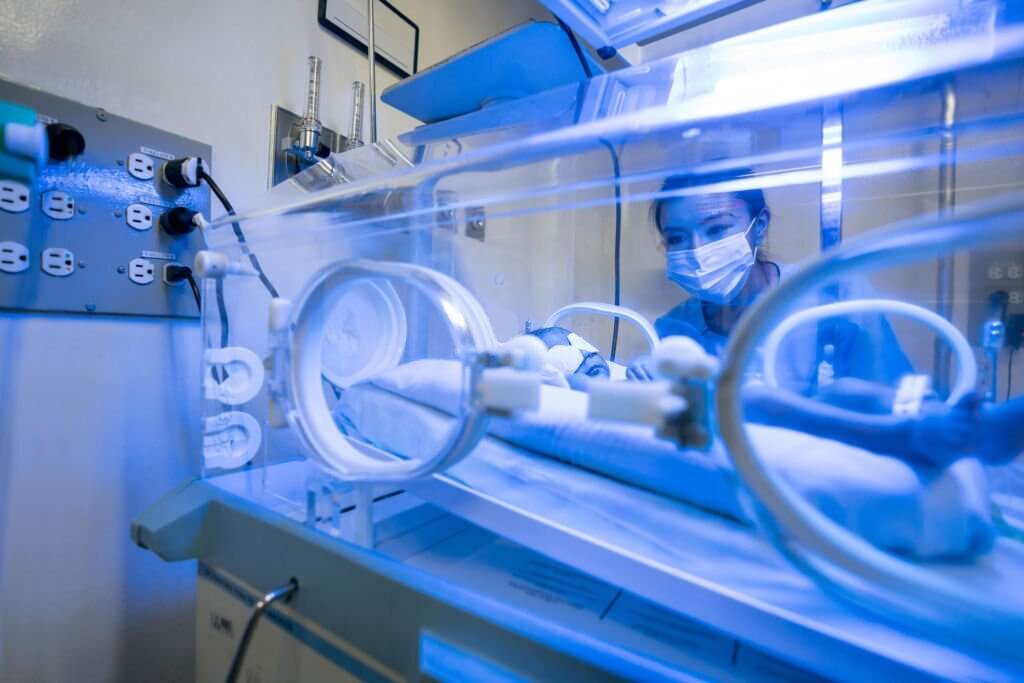News and Blogs
How do Fecal Samples Show Dysbiosis in Neonatal Jaundice?

Neonatal jaundice, affecting up to 80% of newborns, has been associated with gut microbiota dysbiosis. A study in 2021 by Ding et al. comprehensively profiled the gut microbiome in neonatal jaundice infants (NJI) versus healthy infants over the first year of life.
What was the aim of the study?
The study aimed to characterize the gut microbiome in neonatal jaundice infants (NJI) versus non-NJI, identify microbial differences, and assess alterations pre- and post-treatment. Fecal samples were collected from infants at five timepoints to analyze the microbiota composition using 16S rRNA sequencing.
How were fecal samples collected and processed?
232 fecal samples were prospectively collected from 51 infants at 0, 1, 3, 6 and 12 months. Samples were immediately delivered to the lab on dry ice. DNA was extracted using a commercial kit and quality checked. After exclusions, 114 samples from 6 NJI and 19 non-NJI were used for 16S rRNA amplification and MiSeq sequencing.
What microbiome differences were found between NJI and non-NJI at 0 months?
In meconium, microbial diversity was decreased in NJI versus non-NJI. The genus Gemella was reduced in NJI while Klebsiella and Clostridium showed alterations. 11 predicted microbial functions like fructose metabolism enzymes were decreased, while acetyl-CoA production was increased in NJI. This suggests neonatal jaundice associates with gut dysbiosis.
How did the microbiome change from 0 to 1 month with treatment?
From pre- to post-treatment, microbial β-diversity significantly changed. Firmicutes and Actinobacteria increased, while Proteobacteria and Fusobacteria decreased after treatment. Specific taxa and microbial functions also showed significant differences between the two timepoints.
Were microbiome differences still present between recovered NJI and non-NJI?
At 1 month, the microbial community of recovered NJI clustered separately from non-NJI but became more similar over time. Key taxa and functional differences were identified between the groups at 1 month but disappeared by 12 months. Growth outcomes did not significantly differ at 12 months, suggesting transient microbiome disruption.
In summary, this thorough study profiled the unique meconium microbiome in neonatal jaundice and its alterations with treatment over time, providing insights into microbiome-based interventions.
Click to View → Mantacc FB-YT01 Disposable Stool Sample Collection Kit
Reference
Ding J, Ma X, Han L, Zhao X, Li A, Xin Q, Lian W, Li Z, Ren H, Ren Z. Gut microbial alterations in neonatal jaundice pre- and post-treatment. Biosci Rep. 2021 Apr 30;41(4):BSR20210362. doi: 10.1042/BSR20210362. PMID: 33860293; PMCID: PMC8150162.
Related Posts
Fecal Swab: Essential for Detecting Enteric Pathogens
Stool Sample Collection Kits: Methods and Challenges
Stool Sample Collection Kits: Why Is It Important?
Necessity of Fecal Sample Collection for Intestinal Parasite Diagnosis
FOBT of Fecal Samples: A Simple Colorectal Cancer Screening Tool






